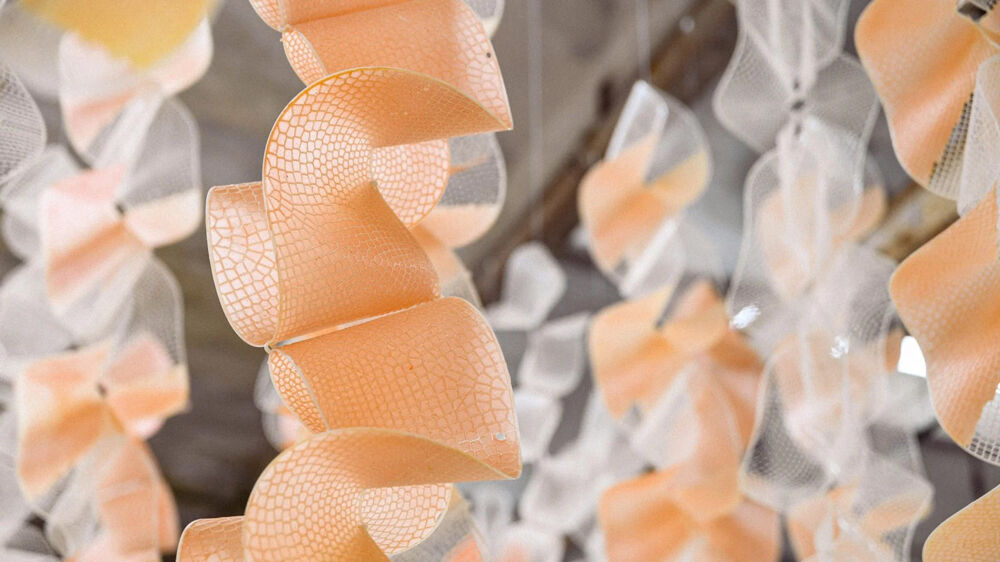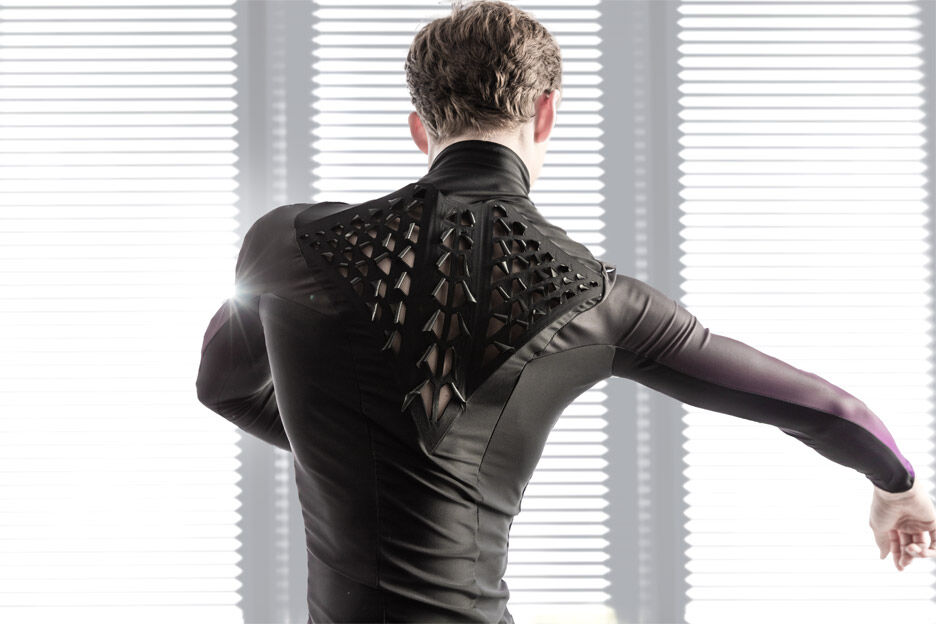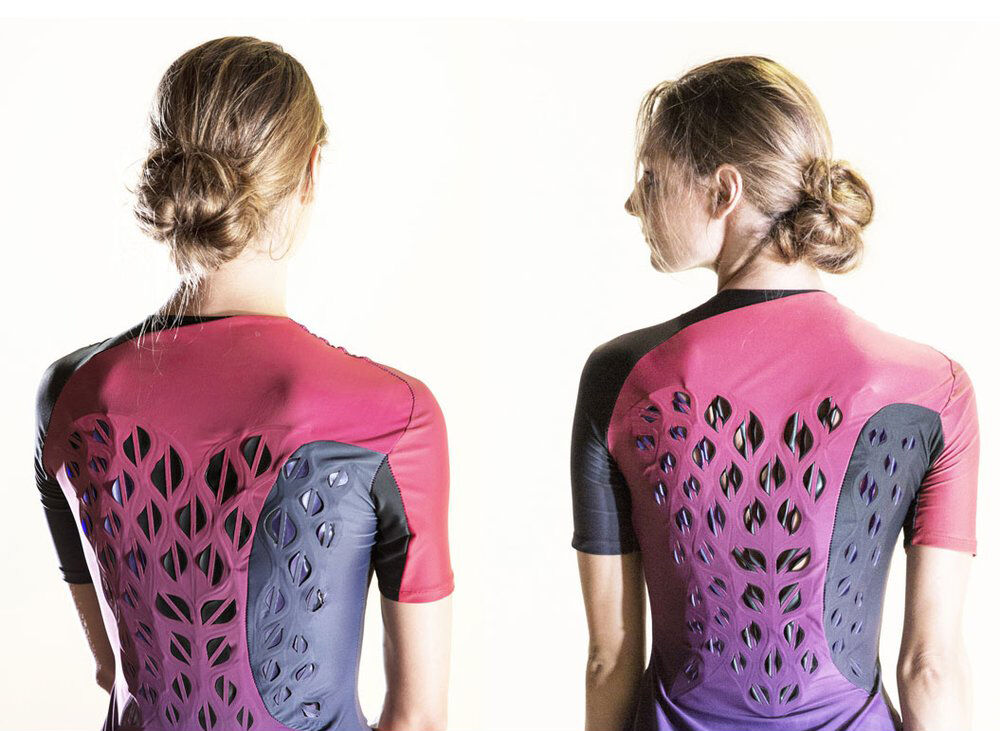Silk made of synthetic spider webbing, building materials made of mycelium, shirts made of algae: objectively, these products’ mere existence is a miracle. Each is a demonstration of biodesign, a concept burgeoning in popularity across the fields of fashion, architecture, and interior décor alike.
At the intersection of science and artistry, biodesign entails the incorporation of living organisms into novel materials. Research groups consistently push the boundaries of biobased innovation, studying how bacteria, yeast, and other naturally-occurring microbes can be used to produce functionally useful products.
Biodesign seeks to alter the linear life cycle of plastics and fossil fuel-derived merchandise, creating revolutionary materials. “Biodesign allows us to work alongside nature,’” says Simone Lawler, a designer who studied biodesign at the University of West London. “’It’s about utilizing what we have around us and figuring out how to limit negative impacts on the environment.’”
Biodesign can also have surprising benefits for humans as well. In this Edge feature, we highlight two biobased inventions, engineered to be as helpful to us as they are to the environment.

For the researchers, Sensbiom 2 embodied one of their core beliefs: that humans can utilize environmentally interactive materials to better communicate with nature. Biodesign can warn us of “‘invisible threats in our surroundings,’” the team stated, designing Sensbiom 2 to raise awareness around the dangers of UV exposure. In springtime in Milan, UVI ratings often reach six or higher (the WHO advises that anything above three entails potential damage to skin and eyes)—Sensbiom 2 was built to protect patrons from this natural hazard, using only natural materials.

A collaboration between MIT and New Balance has yielded a fabric that breathes with its wearer. In 2015, MIT Media Lab first introduced an early model of their “bio-skin,” which incorporates diamond-shaped flaps that peel back with sweat and humidity. The material relies upon the Bacillus Subtilis microorganism, a form of bacteria first discovered by Japanese samurai over 1,000 years ago. The microbe’s ability to expand with moisture and contract with dehydration made it the perfect choice for an all-natural ventilation system.
When MIT Media Lab and New Balance entered into their partnership, bioengineer Wen Wang was appointed to head the biotechnology and material-science team. Wang and her colleagues have found that a layer of latex sandwiched between two, very thin sheets of bacterial cells provide optimal results. When the wearer sweats, the outside layer of bacterial cells remain unchanged, while the cells facing the body absorb the moisture, opening the flaps of the garment to let cool air in.

Biodesign takes sustainable innovation to the next level. It creates a synergy with other forms of life, integrating organic matter and living processes into human goods. Ultrafabrics, constantly pushing the boundaries of material development, is delving into biobased design as well. Recognized by a PETA Vegan Homeware Award in 2020, our Volar Bio collection combines wood-pulp and corn-based materials to form a uniquely renewable textile. With a 29% BioPreferred Program Label, Volar Bio is a biobased material with applications across a variety of markets.
To celebrate these exciting, biobased projects, we’ve gathered together a constellation of colors, with shades matching those that the bioengineers selected:
Peruse our own biobased creation, Volar Bio, as well, and bring a bit of biodesign into your next project:
630-6018 Volar Bio Gravity
500-5721 Fusion Caviar
554-8251 Ultraleather Pro Melon
291-9380 Ultraleather Dusk
744-93053 Montage Passionfruit








